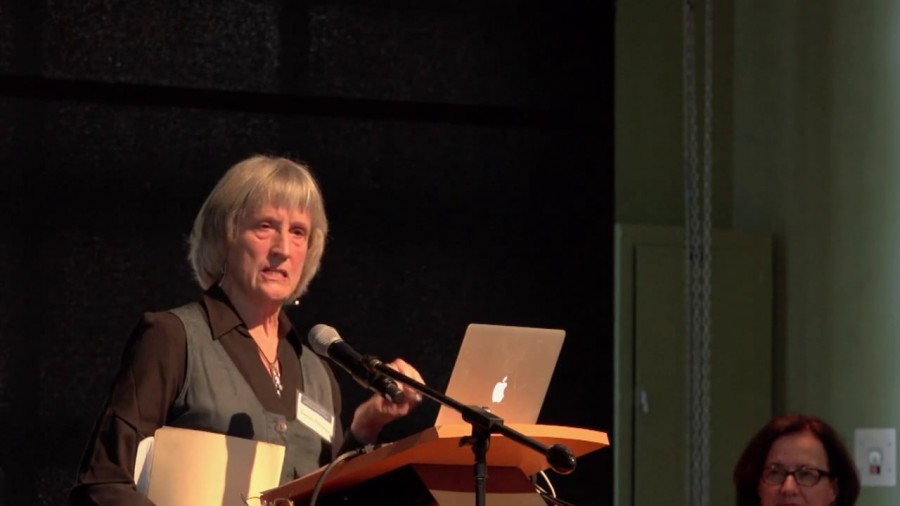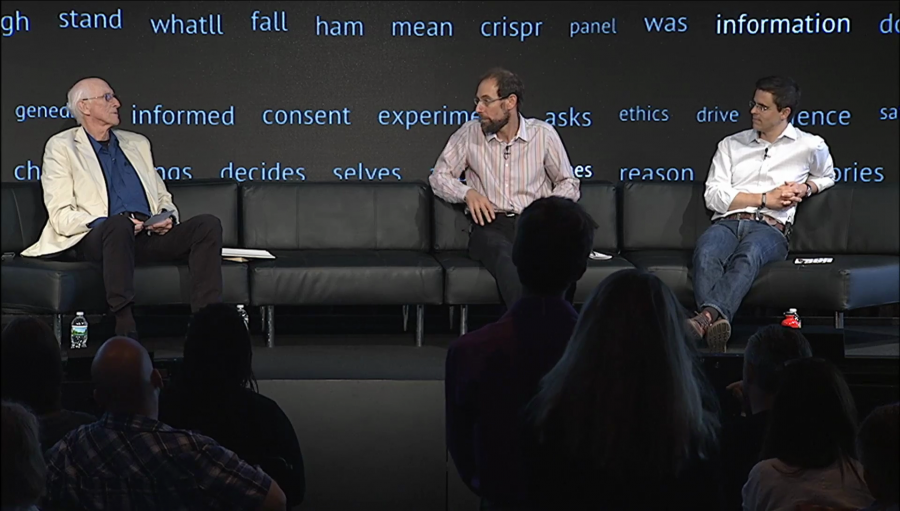Solar geoengineering rests on a simple idea that it is technically possible to make the Earth a little more reflective so that it absorbs a little less sunlight, which would partly counteract some of the risks that come from accumulating carbon dioxide in the atmosphere. When I say technically possible, it appears that at least doing this in a crude way is actually easy, in the sense that it could be done with commercial off-the-shelf technologies now, and it could be done at a cost that is really trivial, sort of a part in a thousand or a part in ten thousand of global GDP.
Archive
I don’t think ecological awareness is a sort of “happy happy joy joy, we are all earthlings” thing. I think it’s actually a kind of uncanny realization. On the one hand there’s no away, on the other hand what the hell is this? “This is not my beautiful waste. This is not my beautiful toilet. This is not my beautiful Pacific Ocean.” You know, all of a sudden these things become somehow not exactly what we thought they were.

I’m going to propose to us that the Cthulucene might be a way to collect up the questions for naming the epoch, for naming what is happening in the airs, waters, and places, in the rocks, and oceans, and atmospheres. Perhaps needing both the Anthropocene and the Capitalocene, but perhaps offering something else, something just maybe more livable.

